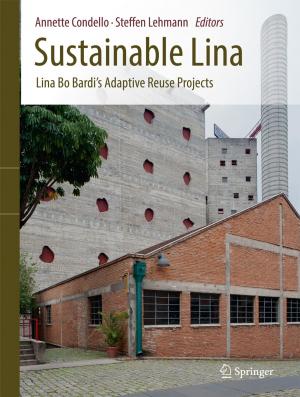Plant Microtechniques and Protocols
Nonfiction, Science & Nature, Science, Biological Sciences, Botany| Author: | ISBN: | 9783319199443 | |
| Publisher: | Springer International Publishing | Publication: | September 19, 2015 |
| Imprint: | Springer | Language: | English |
| Author: | |
| ISBN: | 9783319199443 |
| Publisher: | Springer International Publishing |
| Publication: | September 19, 2015 |
| Imprint: | Springer |
| Language: | English |
A proper understanding of the structural organization of the plant body is essential to any study in plant biology. Experimental studies in vivo and in situ will lead to structural, physiological, and cellular changes of the experimental material. To study macroscopic and microscopic changes, different histological methods and microtechniques can be used as they provide valuable information of the experimental system. In addition, the observed structural changes allow investigators to set hypothesis for further studies based on one’s own observation. Thus, proper selection and utilization of microtechniques are a must for the success of a research program. At present, an up-to-date collection of protocols are not readily available in the literature. The latest work in plant microtechniques was published in 1999 by Ruzin but many others are no longer in print [e.g., Jensen (1964); O’Brien and McCully (1981)]. Furthermore, a majority of published works focus on techniques related to general processing and staining procedures. A comprehensive treatment that encompasses broader applications of microtechniques to other disciplines is lacking [e.g., archeology, wood science, etc.]. There is a need to create a comprehensive volume of botanical methods and protocols which includes traditional and novel techniques that can be used by researchers in plant science and investigators in other disciplines that require plant microtechniques in their research and teaching. This book covers a wide variety of applications and brings them up-to-date to make them understandable and relevant, especially to students using the methods for the first time. It is our intention to create a useful reference for plant histology and related methods that will serve as a foundation for plant scholars, researchers, and teachers in the plant sciences.
A proper understanding of the structural organization of the plant body is essential to any study in plant biology. Experimental studies in vivo and in situ will lead to structural, physiological, and cellular changes of the experimental material. To study macroscopic and microscopic changes, different histological methods and microtechniques can be used as they provide valuable information of the experimental system. In addition, the observed structural changes allow investigators to set hypothesis for further studies based on one’s own observation. Thus, proper selection and utilization of microtechniques are a must for the success of a research program. At present, an up-to-date collection of protocols are not readily available in the literature. The latest work in plant microtechniques was published in 1999 by Ruzin but many others are no longer in print [e.g., Jensen (1964); O’Brien and McCully (1981)]. Furthermore, a majority of published works focus on techniques related to general processing and staining procedures. A comprehensive treatment that encompasses broader applications of microtechniques to other disciplines is lacking [e.g., archeology, wood science, etc.]. There is a need to create a comprehensive volume of botanical methods and protocols which includes traditional and novel techniques that can be used by researchers in plant science and investigators in other disciplines that require plant microtechniques in their research and teaching. This book covers a wide variety of applications and brings them up-to-date to make them understandable and relevant, especially to students using the methods for the first time. It is our intention to create a useful reference for plant histology and related methods that will serve as a foundation for plant scholars, researchers, and teachers in the plant sciences.















